Mastodon https://kolektiva.social/@SteveKLord
Pixelfed https://anar.chi.st/SteveKLord
Letterboxd https://letterboxd.com/steveklord/
Matrix https://matrix.to/#/@steveklord:matrix.org XMPP steveklord@yax.im
- 98 Posts
- 89 Comments

 3·21 days ago
3·21 days ago“attracting” companies like Intel that are on the BDS boycott list is not really a good look for Linux.

 7·1 month ago
7·1 month agoPrior to Oct 7, Gaza had one of if not the highest densities of rooftop solar panels in the world. The IOF has obviously reduced that through their bombing campaign. Hamas and being “woke” have nothing to do with this.

 5·1 month ago
5·1 month agoThank you, that’s an important distinction. I hope they can be trusted to live up to that. However it still feels l pretty problematic to bring them in and would be a lot of opting in to debate and implement. It remains a pretty big violation of user privacy and trust and it says here:
As if that weren’t bad enough, preparations for the sale went poorly, and it seems large categories of Tumblr posts that weren’t supposed to be sold were added to the mix anyway. That data includes:
Private posts from public accounts Posts on deleted or suspended accounts Unanswered asks Private answers Explicit posts Posts from partner accounts, like ad campaigns where Tumblr doesn't own the rights. (Apple is specifically named here.)

 4·1 month ago
4·1 month agoIt’s a bit more complex than that.
Per the report, New York homeowners with an annual income of more than $50,000 are 2.5 times more likely to have rooftop solar than those making below $50,000, as those making below $50,000 often don’t pay enough income tax to fully claim the credit. Households making less than $50,000 annually make up 24% of owner-occupied houses in New York, but have only received 5% of residential tax credit subsidies.
You are correct under ideal conditions in that
The report also found that refundable tax credits could help shorten the gap. Refundable tax credits could help up to 63% of New York’s 1.4 million “energy-burdened” households and could cut the cost of solar for the average low-income household by 48%, from $98 to $51 per month.
Unfortunately, however
Around 25% of all New York homeowners make less than $50,000 a year, the report said, but they only installed 10% of solar projects between 2010 and 2022. However, solar installation rates do not increase as homeowner income does – households making $50,000 to $100,000 have the same installation rates as households making more than $200,000.

 22·1 month ago
22·1 month agoOne advantage over wordpress is that it avoids bringing its parent company, Automatic, into the Fediverse.
From Wikipedia:
In February 2024, Automattic announced that it would begin selling user data from Tumblr and WordPress to Midjourney and OpenAI.

 5·1 month ago
5·1 month agoThat’s scarily accurate and funny like the Onion. Isn’t that what the machines did in the Matrix? Maybe this is how it all starts

 7·1 month ago
7·1 month agoThat’s a pretty accurate summary from my understanding as well, especially in times when the power is cut such as the current siege.

 8·1 month ago
8·1 month agoThat’s a good point. I generally copy the title verbatim from the article but as you’ve pointed out it’s a bit misleading. This is definitely not magic.

 16·1 month ago
16·1 month agoI’ve heard a lot about Palestinians using solar to power several electronic devices in Gaza but it was primarily from Arab media sources like Al Jazeera. While this was on the much more corporate and mainstream news it was easy to miss without actively looking for it. You bring up a good point and I wonder if there’s more use of solar energy happening there, especially in dire conditions, that we’re missing out on as it’s not typically covered by major news sources. Hopefully we’ll be reading more stories like this in the future.

 4·1 month ago
4·1 month agoIt says the technology is similar but doesn’t get into any specific comparison so I don’t exactly read it the same way. This is a very brief and basic article that may not answer all your questions. I’m sure there is more to come.
It does go on to say:
According to the study, the device is more efficient than other existing atmospheric water generators because it uses a “novel rotating operational strategy, in which one module works in the desorption, while the others work in the adsorption simultaneously … to keep the device harvesting water continuously.”
The technology could also be used for purposes ranging from dehumidification to agriculture irrigation to thermal management for electronic devices.
It also mentions similar devices being used in areas such as Sand Branch Texas outside of Dallas. Your question is import and and while I can’t answer it as thoroughly as I’d like I imagine these issues were in consideration when working on this and whether or not they’ll be successful is something we’ll find out soon.
Would be interested in hearing more from the community.

 6·1 month ago
6·1 month agoHaha. Maybe not the inventors but, given the high price of this technology, it seems like someone along the supply chain did.

 6·1 month ago
6·1 month agoThank you. And those are only the confirmed dead. There are thousands more missing and presumably dead under the rubble.

 8·1 month ago
8·1 month agoYou’re grasping at straws to try to invalidate me instead of saying anything that would back up your point making your argument weaker. There was no repetition from me so if you’ve heard this before it would seem you’ve had this discussion before and may benefit from listening. Perhaps you shouldn’t respond if you have nothing to say

 18·1 month ago
18·1 month agoA better example of a pogrom might be the killing of over 30,000 civilian Palestinians and simultaneously starving them to death with blockade following 75 years of occupation and a century of colonialism. Proportionality matters and it doesn’t favor your argument

 24·1 month ago
24·1 month agoOne need not pretend something that is already factually accurate. This was a retaliation and direct response for Israel bombing Iran’s consulate in Syria on April 1. This is why Iran targeted and struck the Negev air force base ( which contains US F-35s used to bomb Gaza ) as that is the base from which that attack originated. This is also why Iran says it now considers the matter “concluded” and warned the US and Israel against further reprisals. Those are facts and not “pretending” so if you are going to “pretend” this isn’t true and try to distort the matter I’m not interested.

 43·1 month ago
43·1 month agoThe best part is the UN charter clearly states that when a country is attacked, it has aright to self defense. Let’s watch Israel talk their way around that as they vindicate Iran and incriminate themselves.

 5·1 month ago
5·1 month agoIt is a bit disappointing that they aren’t touring outside of that area. I’m on the East Coast and would love to attend this and I’m sure comrades outside Turtle Island would as well. Although it’s certainly forgivable as travel can get costly. Given that it’s listed as “West Coast Tour” I’m going to hope it goes well and try to remain optimistic that there will be an “East Coast Tour” and more to follow.
I’d also be interested in concrete info about what’s going on there and certainly hope such a project isn’t tainted by some problematic people within it.


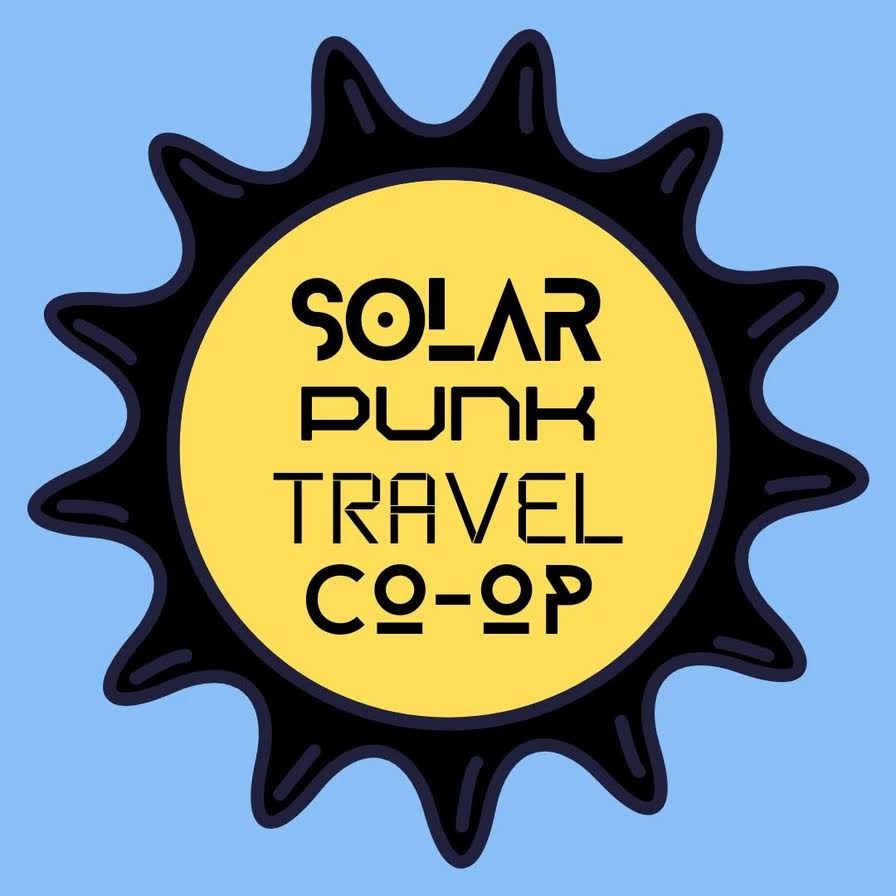

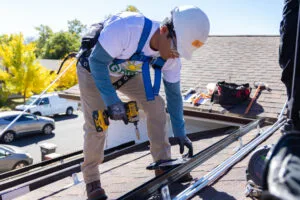



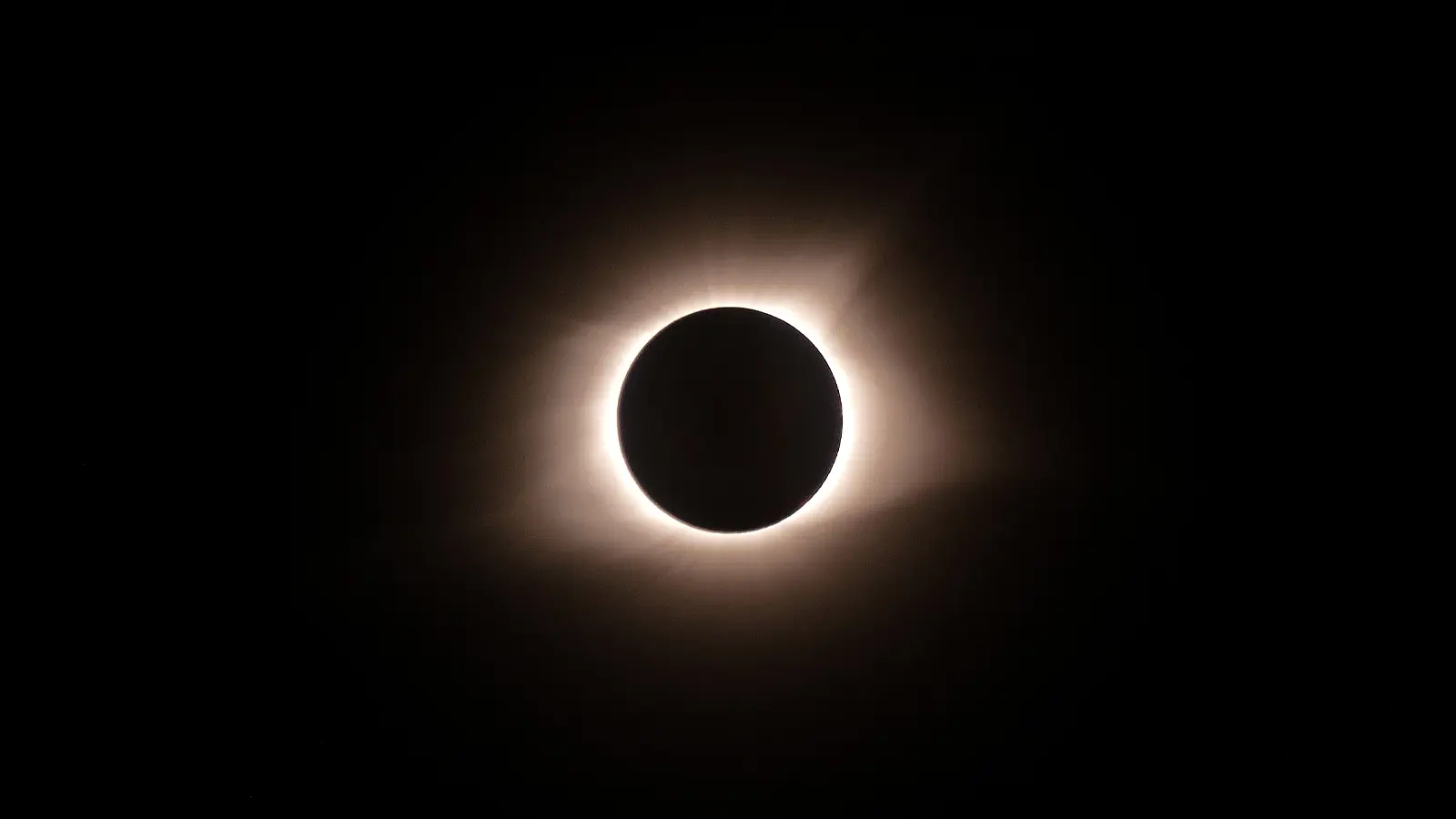





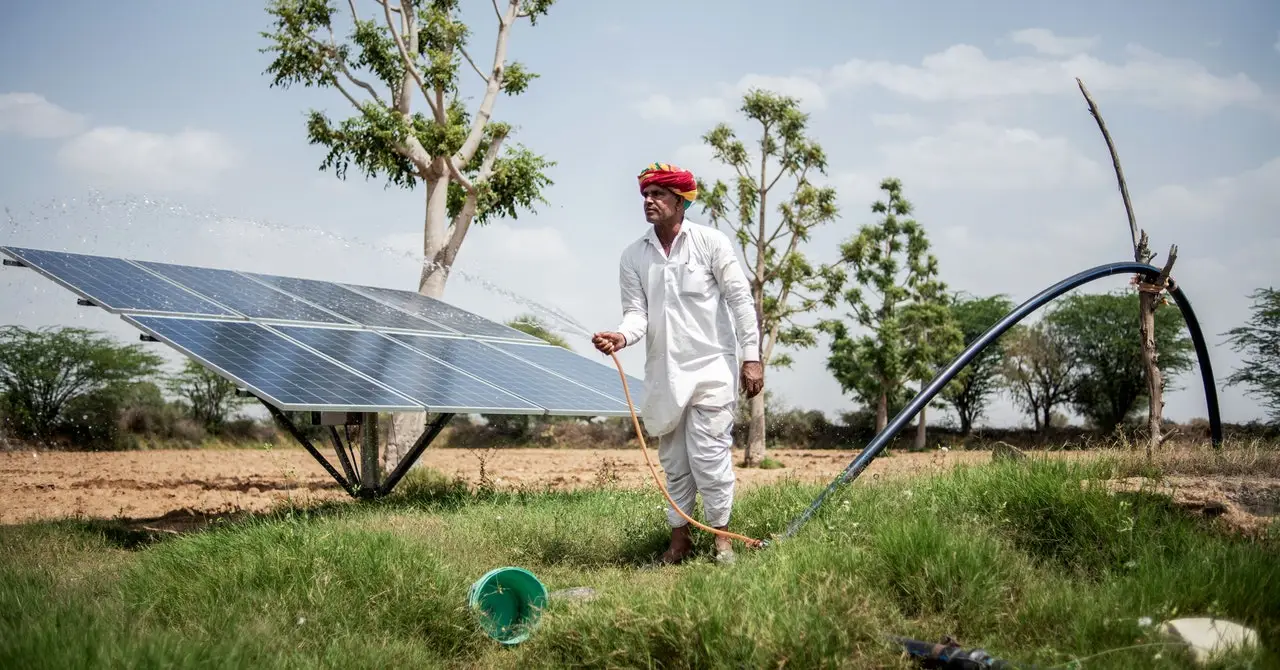









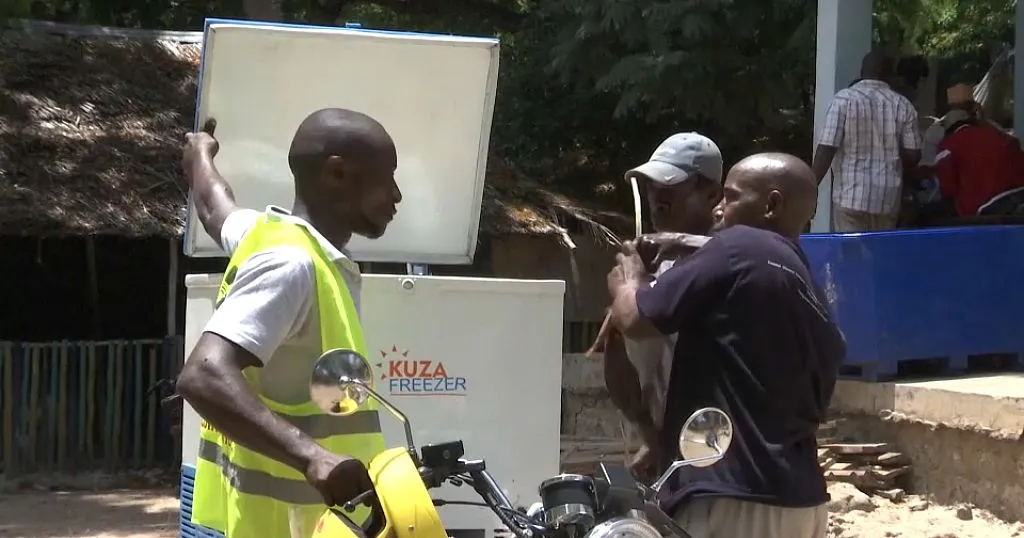


Excellent movie and currently free to view on Kanopy which you only a library card to sign up for.